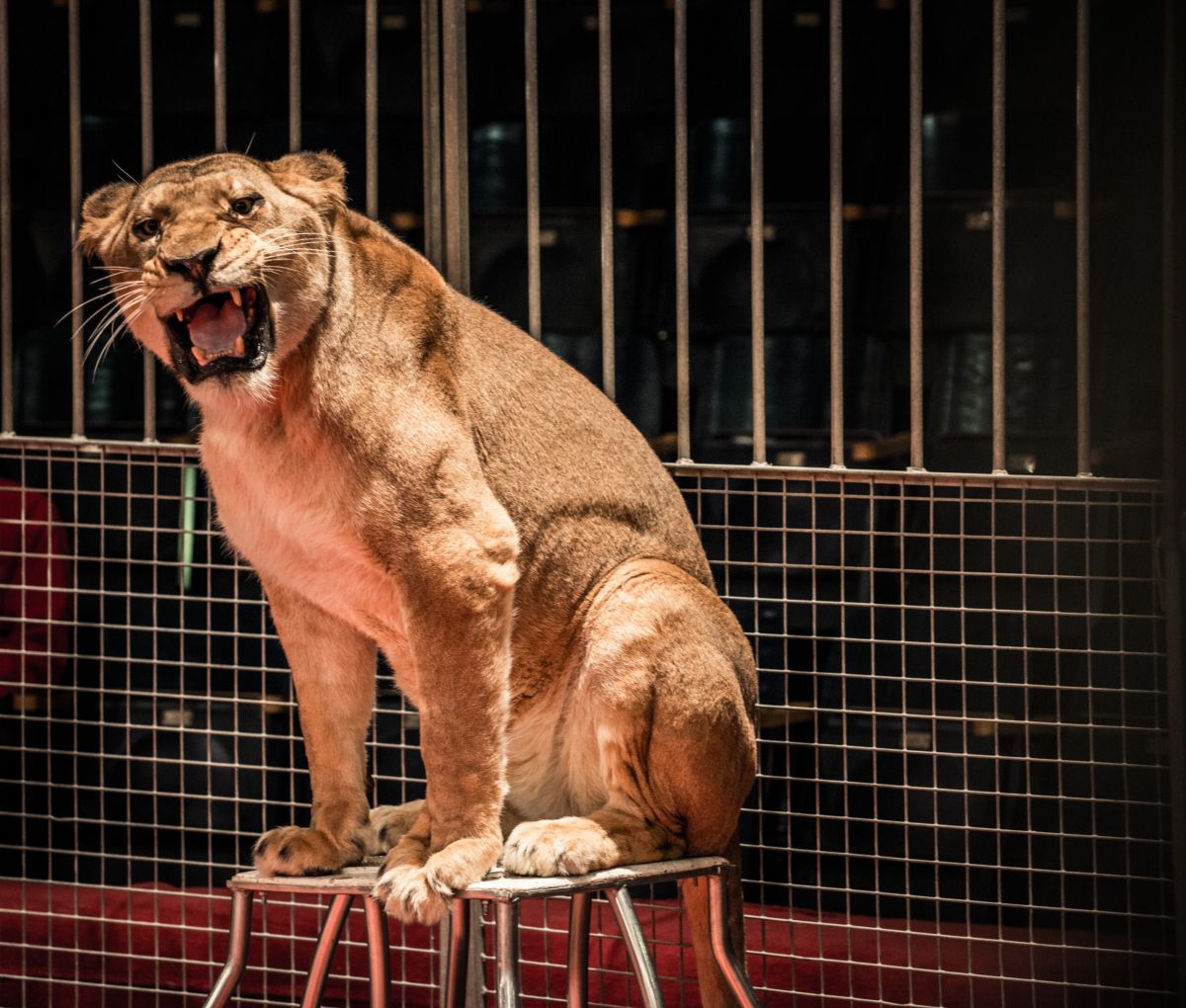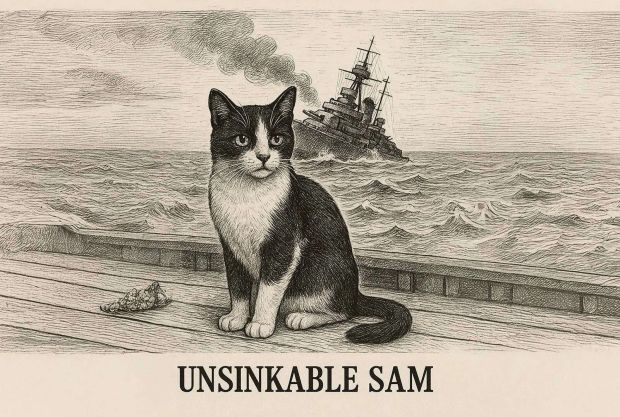The Rise and Fall of Big Cats in the Circus: A Troubled History

For generations, the image of majestic lions and tigers performing in the circus ring was a captivating spectacle, a symbol of both human dominance over nature and the undeniable power and grace of these magnificent creatures. But behind the glitz and glamour lies a complex and often troubling history, one marked by exploitation, questionable ethics, and a growing public awareness of animal welfare.
The presence of big cats in the circus dates back to the late 18th and early 19th centuries, a time when exotic animals were seen as curiosities and symbols of wealth and power. The earliest performances were often little more than simple displays of these creatures, highlighting their ferocity and perceived danger. As circuses evolved and became more elaborate, so too did the role of big cats.
The Era of the Lion Tamer:
The figure of the “lion tamer” became a central attraction, a daring individual who seemingly commanded the respect and obedience of fearsome predators. These trainers, often donning flamboyant costumes and wielding whips and chairs, utilized a combination of positive reinforcement, fear-based techniques, and an understanding of animal behavior to create displays of seemingly controlled chaos.
Famous names like Isaac Van Amburgh and Mabel Stark rose to prominence, captivating audiences with their daring feats. Stark, in particular, became legendary for her close relationships with her feline performers, even swimming and wrestling with tigers in the ring. However, even in these seemingly affectionate bonds, the inherent power imbalance remained.
The Training Methods: A Darker Side:
While some trainers emphasized positive reinforcement, historical accounts and investigations reveal that harsh training methods were often employed. These methods, designed to break the animals’ spirits and force compliance, included physical punishment, food deprivation, and confinement. The iconic image of the whip and chair, while serving a visual purpose, were often used to intimidate and control the cats.
The cramped and unnatural living conditions in which these animals were kept further contributed to their suffering. Confined to small cages, often transported in inadequate conditions, and deprived of the opportunity to engage in natural behaviors, big cats in circuses frequently displayed signs of stress, anxiety, and behavioral abnormalities.
The Turning Tide: Ethical Concerns and Animal Welfare:
As societal awareness of animal welfare grew throughout the 20th century, the ethical implications of using big cats in circuses came under increasing scrutiny. Activist groups like PETA (People for the Ethical Treatment of Animals) launched campaigns exposing the brutal training methods and deplorable living conditions these animals endured.
The focus shifted from entertainment to the suffering of the animals. Documentaries and investigations revealed the physical and psychological toll on the cats, leading to public outcry and calls for change.
The Decline and Fall:
This growing pressure, coupled with changing entertainment preferences, led to a steady decline in the number of circuses featuring big cat acts. Public boycotts, animal welfare legislation, and increasing operational costs made it increasingly difficult for circuses to justify the use of these animals.
Many countries and jurisdictions implemented bans on wild animal acts, effectively ending the practice of using big cats in circuses. While some circuses continue to operate with animals, the trend is overwhelmingly towards animal-free entertainment.
A Legacy of Lessons:
The history of big cats in the circus serves as a stark reminder of the importance of animal welfare and the ethical considerations that should guide our interactions with the natural world. While the spectacle may have provided entertainment to audiences for generations, the cost to the animals was undeniably high.
The decline and eventual fall of big cat acts in circuses represents a significant step towards a more compassionate and responsible approach to animal entertainment. It serves as a testament to the power of public awareness, advocacy, and the growing recognition that animals deserve to live lives free from exploitation and suffering.
Now, many rescued big cats find sanctuary in specialized facilities, offering them a chance to live out their lives with dignity and in a more natural and stimulating environment. The story of big cats in the circus is a cautionary tale, but also a hopeful one, illustrating the potential for positive change when we prioritize animal welfare and ethical considerations.



